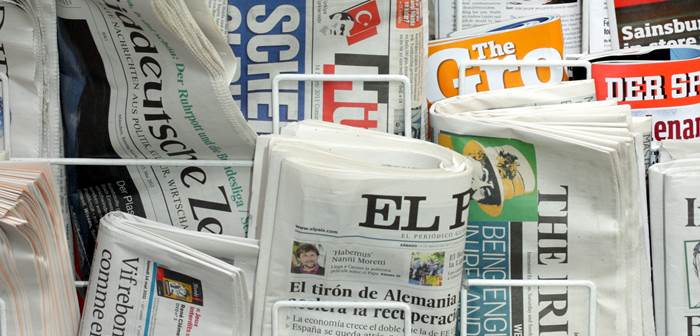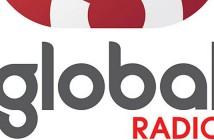In an earlier post I discussed how quality news brands continue to diversify away from their core printed product…
The 55+ male core Telegraph audience mentioned in Part 1 of this blog are now frequently found in the comments section of articles about twerking, Wayne Rooney and surfing dogs, bemoaning the ‘dumbing down of the Telegraph.’ Sure, it is unlikely that these kinds of pieces would have made the cut in 1983 when the paper was bound to a mere 34 (ish) pages of hard-hitting editorial and ads for the Radioshack Handheld Cellular Telephone. But now they are unconstrained by paper and can publish not just for their core audience but across comprehensive digital channels for men, women, fashion, technology, Babb and just about every topic of interest to anyone in 2014. One suspects that the Kids, Pets and Star Wars channels are going to pop up any day now. The key thing is that the quality of the content must be of the level you would expect from Telegraph across all areas.
Allister Heath is well respected as one of the sharpest analysts of the City of London and his opinions in the Finance section are as good as you will find anywhere. Contrastingly, Jonathan Liew is a sports columnist who is part comedian, part analyst, part all-round sports fan, and his tongue-in-cheek approach to the world of sport is consistently popular, funny and insightful. Jason Seiken, editor-in-chief of the Telegraph recently said that the traditional role of an editor in overseeing all content produced by a title is simply impossible now. With the breadth of topics, platforms and demographics covered by newsbrands like his, it is hard to disagree with him. His role now is to ensure they have the right expertise across all the verticals they cover to ensure they each do the right job in their own unique way.
What is the outcome then? Is this a race between the big newsbrands to see who can produce the most content to reach the broadest group of people? The twitter arguments last year between Alan Rusbridger and Tony Gallagher, the former Telegraph editor, when the combined online + print readership PADD figures came out about who had the biggest readership suggested that this was almost all they cared about. Maybe bigger is better. Mail Online is the biggest of them all. The FT continues to do well with its very narrow but lucrative audience, which shows there is still a place for specialists, but they are in the minority and there is only so many specialist fields where paying for a narrow band of premium content is genuinely worthwhile without extra incentives like sport highlights or invites to cultural events.
Newspapers, café owners, comedians or purveyors of exclusive theatre events, whatever it is that newsbrands (I think Newsworks are right with this one) are in 2014, it’s great that there’s such diversity and creativity coming from the sector when things were so bleak in the not too distant, News of the World-tainted past. Whether the content lives behind paywalls, pay-meters, hefty cover prices north of £2.50 or simply free for anyone, it seems as long as the output from these publishers remains of the quality and relevance that it does today then these historic publishers are in as strong a place as they have ever been. The Telegraph’s recent announcement of increased year on year profits to £61.8m is evidence of the fact they are now so much more than an ageing broadsheet proposition.




